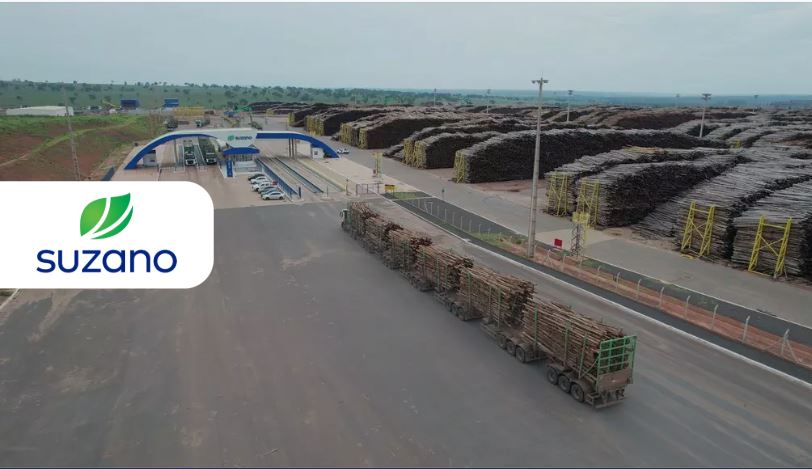As the cornerstone of sustainable forest management, the strategic plan keeps you focused on the road ahead and guides decision-making at every planning level. Remsoft’s Woodstock optimization modeling technology has been helping organizations achieve their long-term performance, sustainability, and investment goals for decades.
In recent years, our optimization technology and approach have evolved significantly. We’ve added new capabilities to support lifecycle planning, have streamlined processes with automation and leveraged a templated approach to create purpose-built applications that reduce the complexity and time required to deploy optimization models within forestry planning.
In this post, we’ll explore how you can take advantage of the latest optimization advances to modernize your strategic model and sharpen your long-term forest management plan.
Reasons to Modernize Your Strategic Planning Model
Woodstock optimization modeling has a long history of use, within industry and government, for developing long term Forest Management plans that address wood supply, sustainability, ecological and wildlife values.
Strategic planning is typically the first, and arguably the most important, step in the development of any forest management plan – and planning analytics platforms like Woodstock provide powerful optimization modeling capabilities that support data-backed decisions and help keep long-term planning flexible.
If you’ve been using the same model for years, however, you’re likely not taking advantage of newer optimization capabilities and technology improvements. The usefulness of a strategic model can also diminish over time because it no longer fully addresses all the issues that are important at a strategic level.
Consider Long-Term Demand Realities
Over the years, we’ve added capabilities that connect strategic planning with other forest management activities to provide a clearer view of the big picture and better insight for both short- and long-term decisions. Allocation Optimization is one of those.
Providing the ability to model destinations and wood flow at a strategic level, Allocation Optimization enables planners to consider important factors like transportation costs, market information, product mix and mill demand in their strategic analysis.
This can be very powerful, not only for developing appropriate forest management strategies but also for supply chain management.
By keeping your strategic plan grounded in demand and market realities you can see the impact of investment, capacity and supply chain decisions into the future.
Reduce Time and Effort with Automated Workflows
Recent upgrades to the Woodstock platform, including the availability of dynamic data connectivity with Integrator, have improved workflow efficiency.
Time-consuming manual data entry, cumbersome data updates and repetitive scenario-building workflows are all impediments to keeping the modeling process running efficiently. Integrator functionality addresses these problems by providing two-way connectivity between your data and the model. With automated model updates and data manipulation, building and maintaining models is faster and easier.
Integrator is a great way to bring data connectivity and a repeatable, standardized approach to the modeling process, so you can start generating intelligence from your models more quickly.
We’ve talked about two existing Woodstock capabilities that support strategic planning optimization. Now, let’s look at two of our latest innovations that make the technology even more powerful for long-term planning.
Streamline Analysis with Clustering
If you’ve ever struggled with defining the scope of a strategic planning optimization model, you know how important it is to get it right, from the beginning. Achieving business objectives often requires a lot of detail to be added to models. This results in a large volume of data, which can cause bottlenecks and slow down the modeling runtime.
New clustering functionality, included in the next Woodstock release, solves this problem by helping to reduce the number of decision variables and make the planning workflow more manageable. It does this by allowing you to aggregate small decision units into larger, more practical ones. This could be anything from grouping areas for analysis into larger ones or moving small harvest units into a single harvest cluster.
With clustering you can quickly aggregate spatial features based on any number of things, including travel distance, adding more spatial reality to your strategic plans with less effort.
The result is a strategic model that better reflects operational realities and aligns more closely with shorter-term planning decisions.
Deploy Faster with Targeted Optimization Solutions
For companies new to optimization, our new purpose-built optimization solutions take a lot of the work out of modeling and bring a new level of efficiency to planning. You can get your optimization model up and running faster with targeted solutions for every type of planning: strategic, tactical, and sales and operations.
Each solution combines a standardized database that’s integrated with an optimization model template. The template file connects your data source with the model and employs scripts to automatically translate data into model code. This connected, automated approach fully utilizes the capabilities of Integrator and SQL to speed up model creation, eliminating time-consuming manual updates and increases the accuracy of the entire planning process.
With the model setup already done for you, simply update your data source, run the integration scripts, and you are ready to perform your analysis. Our optimization solutions simplify data chores and free up more time for complex analysis, which is where the true value of optimization is found.
Time for an Update?
If your challenge is an old strategic model that hasn’t improved with age, updating the model to take advantage of new optimization capabilities can help to increase the value of your original investment.
Even a model that you’ve been using for a long time can benefit from the connectivity and automation offered by newer technology. Tapping into Woodstock’s full range of features and functionality, you can increase planning efficiency and improve outcomes with deeper insight to make the best planning decisions for the long-term.
LEARN MORE:
- Download our datasheet on how to solve complex strategic planning challenges with optimization.
- Book a free assessment to explore how new optimization capabilities can reboot your strategic forestry planning.




